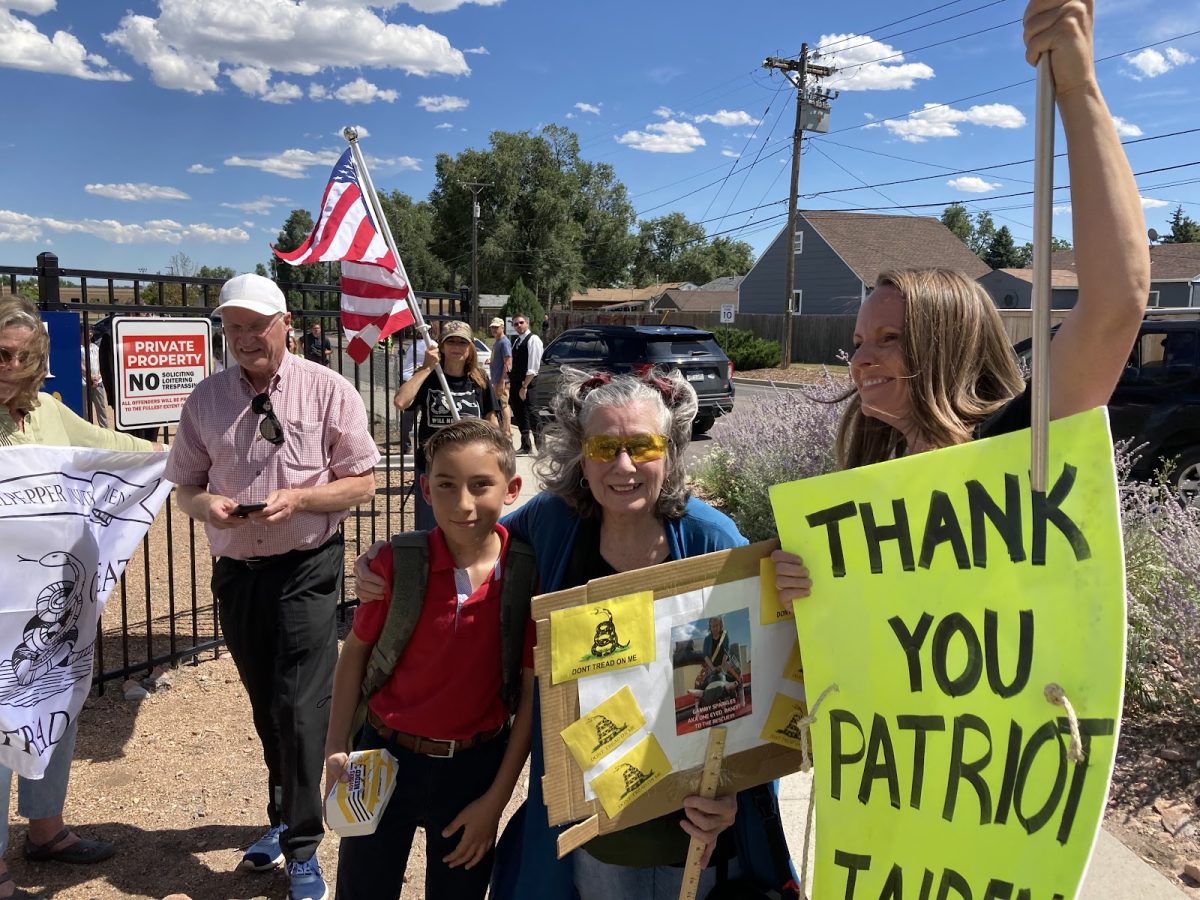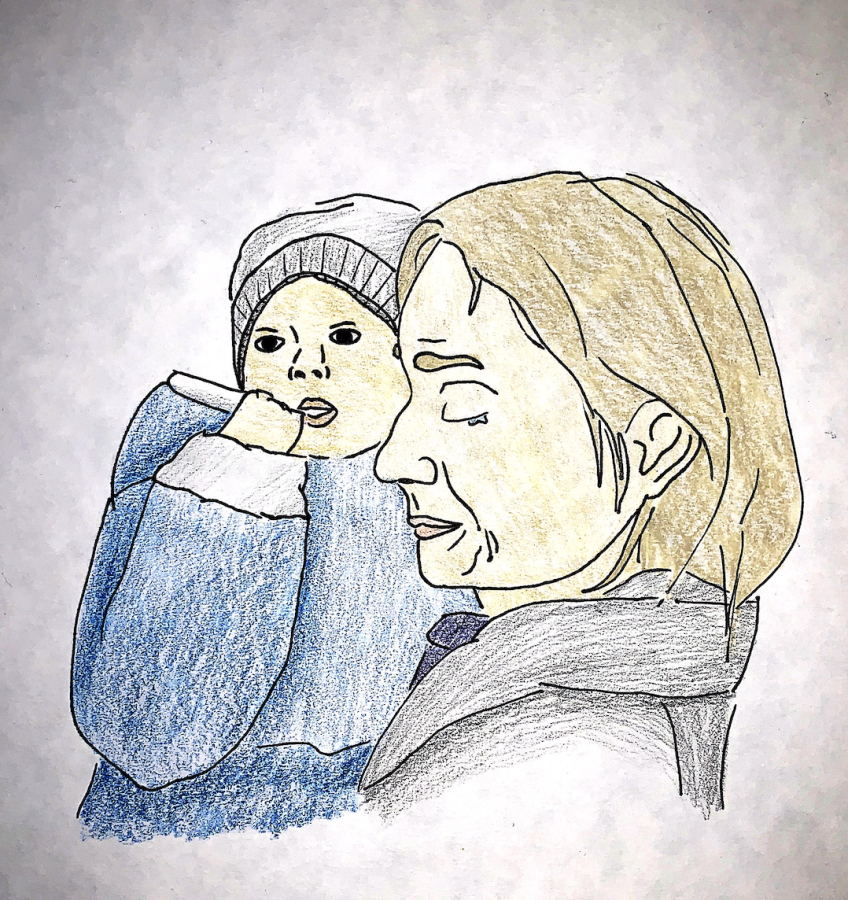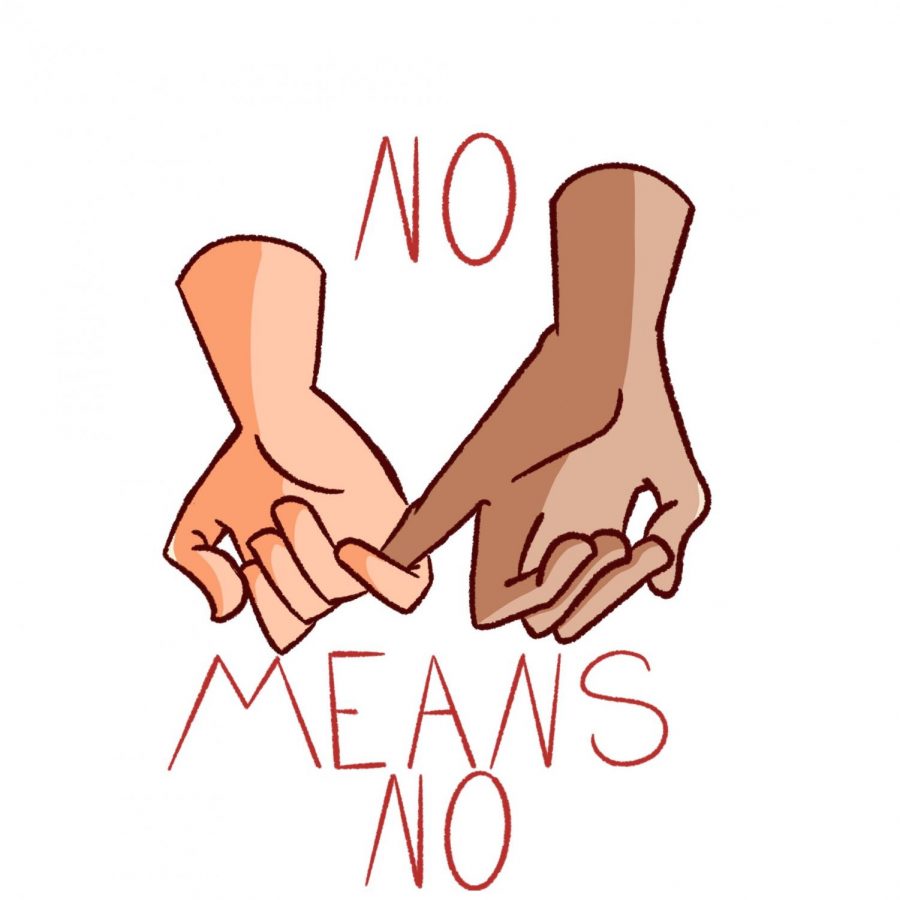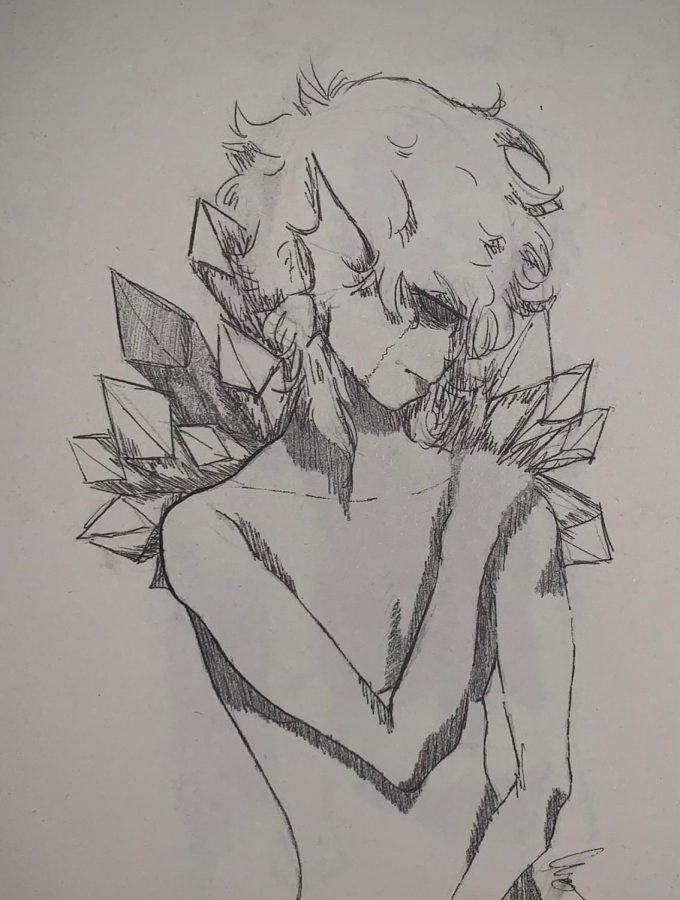Recently, Vanguard student Jaiden Rodriguez was required to remove several patches featuring semi-automatic weapons and a Gadsden Flag sticker from his backpack. Jaiden received a 3-day suspension as he refused to take the patch off and broke the school policy.
The story went viral on X, the platform formerly known as Twitter, where millions around the world expressed their support for Jaiden’s and his first amendment right to free speech.
Jaiden won and was ultimately allowed to keep the Gadsen flag patch velcroed to his backpack.
But what about the countless female students who are disciplined for dress code violations? Some female students believe their clothing choices are an expression of identity, a matter of convenience, and decorum.
Genevieve, a mother to a pre-teen girl and former teacher, said, “I prioritize my daughter being confident and comfortable in her clothing — and I think school dress codes can limit that.”
Like Jaiden, female students around the nation are pulled out of class every day for dress code violations – for “distracting others.” While Jaiden was publicly defended by millions, many female students seem left with no voice.
Student political self-expression has long been protected. In fact, students do not “shed their Constitutional rights to freedom of speech or expression at the schoolhouse gate.” In the Supreme Court case Tinker v. Des Moines Independent Community School District (1969), the court ruled that schools couldn’t block student expression, unless the student expression would cause substantial disruption or material interference with school activities.
For Jaiden, the Gadsden Flag symbolizes his standing up for his rights, not bowing down to the government, and for his ability to make his own decisions.
Dress codes around the country share commonalities. They typically include no profanity, hats, drug or alcohol messages, gang related messages, displays of weaponry, no bare midriffs, no bare shoulders, no bare thighs, and no cleavage. School Districts ban clothing that they consider revealing, distracting, controversial, or pose a safety threat to students.
The Cheyenne Mountain High School dress code written in the student handbook in particular reads Clothing must not reveal all or part of the stomach, buttocks, or chest … clothing may not be sheer, strapless, backless, and undergarments shall not be intentionally visible, and sunglasses, hats, and headwear shall not be worn inside of school facilities.
Of course, we need some kind of dress code. We are teenagers afterall. We are not old enough to drink and probably shouldn’t be wearing the Coors Beer t-shirt anyways. Yes, certain body parts shouldn’t be exposed – complete exposure oversteps everyone’s boundaries. Schools do have an obligation to ensure safety for all students and faculty members.
But the question remains: where do we draw the line and why? The problem with dress codes is the seemingly arbitrary and inconsistent enforcement. Why does it seem that males can wear shirts that expose armpits or wear hats or crop tops or short shorts? What about athletes that are permitted to wear uniforms that undeniably violate the dress code? When athletes are exempt, it sends a message of hypocrisy and favoritism.
Freshman Kyria Bong experienced discipline for dress code violation. She was sent to the office because her shorts were too short. (She claims they fully covered her buttocks). Kyria was required to wear school supplied sweatpants. She expressed frustration: “It ruined my outfit, and that kind of makes or breaks my day.”
Principal Carrie Brenner said “A lot of the time the kids aren’t thinking ‘Oh, I’m going to be really bad today and wear this.’ it’s simply ‘I think I look really cute today and I want to wear this.’” Brenner continued and said that “The most difficult part is that the kids make the personal decision to wear that outfit and they don’t directly want to get in trouble.”
Along with being an outlet for expression, clothing develops friendships and connection through style. Some students say that they found their circle of friends solely through the clothing that embodied their taste and personality.
American childhood is marked by moments of autonomy that prepare them for adulthood: driver’s license, getting a job, graduating. There are few opportunities to develop and cultivate one’s identity, and clothing is one of just a few mediums of identity expression.
Clothing is self expression, just like flags. Since our high court protects political expression such as flags or patches, there needs to be protection over clothing.









